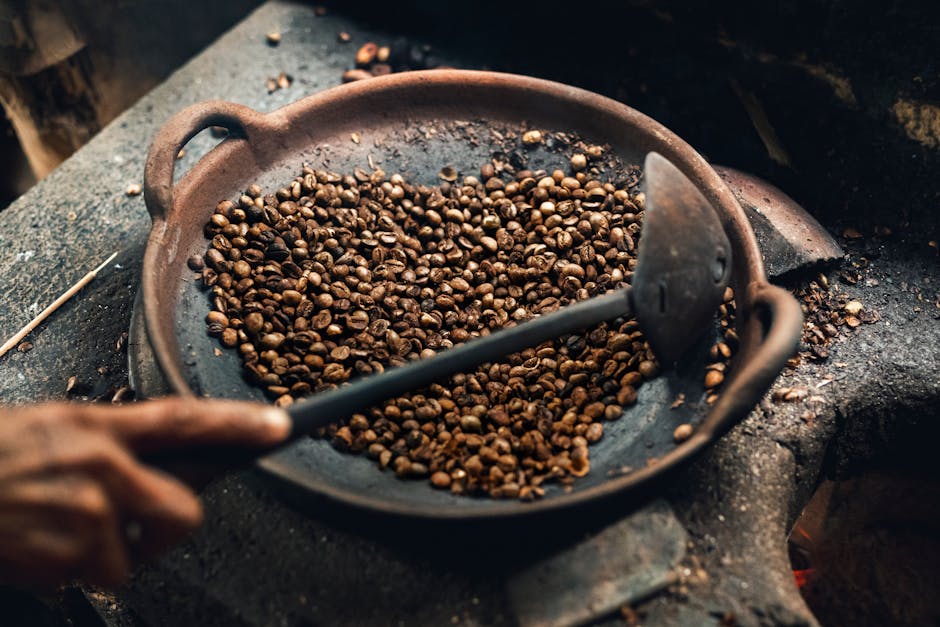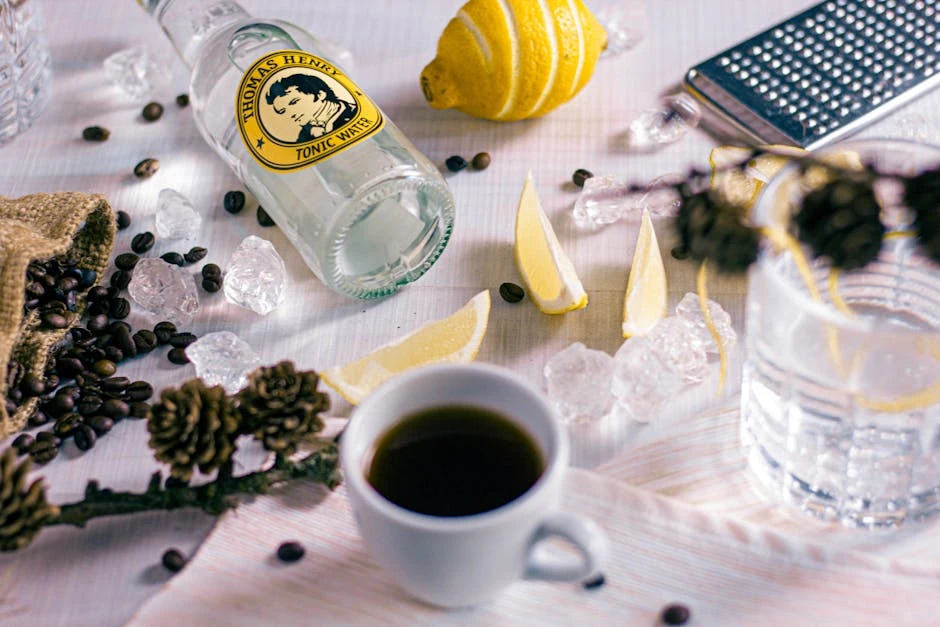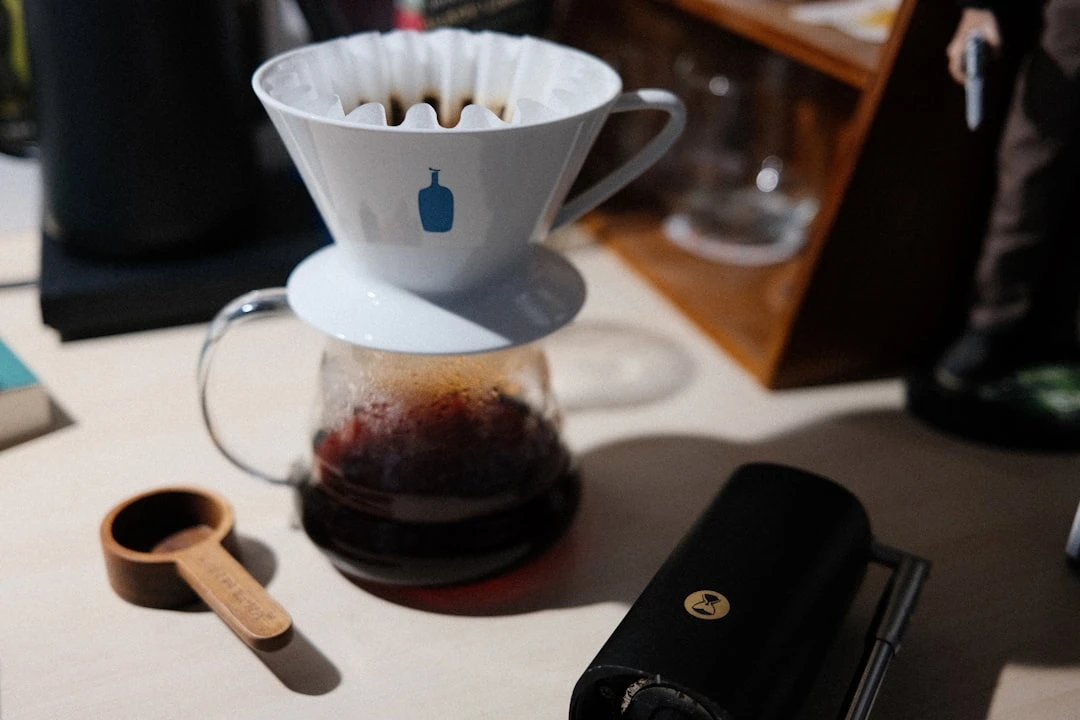Best Light Roast Coffee Brands: Top Picks & Brewing Tips
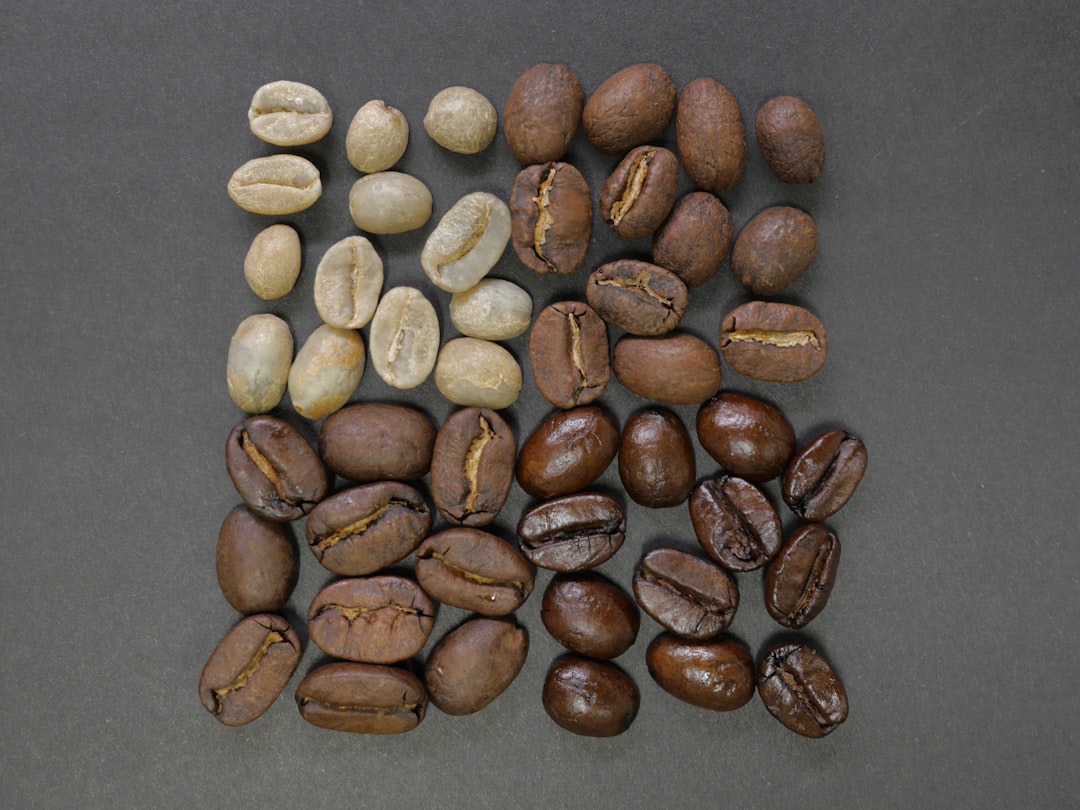
Introduction to Light Roast Coffee
Light roast coffee? It's lively, almost playful—with a sharp, tangy brightness and flavors so delicate they seem to hover on your tongue. And yeah, it sneaks in a touch more caffeine than those deep, dark roasts. The beans spend just enough time in the roaster, kissed by lower heat (somewhere between 356°F and 401°F, or 180°C–205°C), so they keep their honeyed sweetness, those floral hints, and the faintest echo of fruit. No wonder coffee fanatics swear by them chasing layers of flavor.
Since the roast doesn’t bulldoze the bean’s character, you taste the place it came from—really taste it. An Ethiopian Yirgacheffe might hum with lemon zest, while a Kenyan AA glides down like black tea, all silky and light. If you want your coffee to pirouette instead of stomp? This is the one.
Here’s a little trick: light roasts hold onto more caffeine because heat eats away at it over time. But who’s counting? It’s the flavor that hooks you. To coax out those shy, intricate notes without drowning them in bitterness, try a pour-over, an Aeropress, or a Chemex—something gentle.
Single-origin, a stellar blend—either way, a great light roast is morning light in a mug: vibrant, clean, impossible to ignore. Whether you’re just dipping a toe into coffee or you’ve got a shelf full of brewing gear, there’s something here for you. Stay tuned—we’re about to spill the beans on the best light roasts out there.
What Makes a Great Light Roast Coffee?
Light roast coffee—when it’s good, it’s like catching sunlight in a cup. Bright, lively, full of little surprises that darker roasts just steamroll over. But here’s the thing: not all light roasts are created equal. So what separates the forgettable from the extraordinary?
The Beans? They’ve Gotta Be Top-Notch
Great light roasts begin with great beans. Since the roast is so light, there’s nowhere to hide—every flaw, every nuance is front and center. Look for high-altitude Arabica, preferably single-origin. Ethiopian beans with their floral whispers, Colombians dripping with stone-fruit sweetness, or Kenyans that hit you with a punch of blackcurrant and lemon. It’s all in the terroir.
Roasting? It’s a Precision Game
Roasting light is like defusing a bomb—one wrong move and it’s all over. Pull the beans too early, and you’re left with something that tastes like lawn clippings. Go too far, and poof—those delicate top notes vanish. The magic happens between 356°F and 401°F, when the beans are just kissed by heat, pale brown and bone-dry, with a scent like toasted sugar and apricots.
Freshness? Non-Negotiable
Light roasts don’t age gracefully. Those vibrant flavors? They’re the first to bail. Two weeks post-roast is your window—store them like they’re a fragile heirloom. A sealed container, a cool dark shelf, and for the love of coffee, nowhere near heat or moisture.
Flavor? It Should Sing
Forget "mild." A remarkable light roast is a fireworks show—maybe a flash of tangerine, a ripple of hibiscus, or a finish as clean as white tea. If it doesn’t make your taste buds sit up straight, something’s off.
Brew Method? Match the Mood
Skip the French press. Go for methods that highlight clarity—pour-over for those intricate layers, Aeropress for a silky body, or cold brew to mellow the acidity without dulling the spark.
Get it right, and you’re not just drinking coffee. You’re sipping on a story—one that starts with a farmer’s hands and ends with your senses wide awake.
Top Light Roast Coffee Brands to Try
Ever crave a cup that’s bright, floral, or packed with fruity energy? Light roasts are the move—just enough heat to coax out those lively, nuanced flavors without stripping the soul from the beans. Here’s a lineup worth savoring:
- Stumptown Coffee Roasters – Hair Bender is a legend for good reason. Juicy berries, a crisp finish—like summer captured in your mug.
- Blue Bottle Coffee – Three Africas hits you with citrus and stone fruit, then lingers with a soft touch of jasmine.
- Intelligentsia Coffee – Don’t be fooled by the name—Black Cat Classic Espresso (light-ish!) is smooth, chocolate-kissed, and just right for your morning groove.
- Counter Culture Coffee – Hologram is a flavor adventure: Ethiopian berries tangled with Colombian and Sumatran richness. Unexpected, unforgettable.
- Onyx Coffee Lab – Tropical Weather is like sunshine and ripe fruit bottled up. Light, tea-like, and ridiculously refreshing.
- Verve Coffee Roasters – Streetlevel is your easygoing daily sip—bright, friendly, with a whisper of caramel to keep things warm.
- George Howell Coffee – Mamuto AA (Kenyan) is pure fireworks. Berries, blossoms, and a zippy acidity that’ll wake up your palate.
Quick tip: Fresh grind, gentle brew—pour-over or Aeropress lets those delicate notes sing. Whether you lean fruity or balanced, there’s a light roast here calling your name.
Want a tailored recommendation? I’ve got thoughts (and a serious caffeine habit). ☕
How to Brew the Perfect Light Roast Coffee
Light roast coffee—oh, it's a delicate dance of flavors. Bright, almost playful, with hints of fruit and flowers. But get it wrong, and it can taste thin or sour. Here's how to coax out its best.
1. The Grind Matters
Light roasts are dense little beans. For pour-overs, aim for a texture like sea salt—not powder, not gravel. Too fine, and it turns bitter. Too coarse, and you'll miss all the good stuff.
2. Water That Listens
Somewhere just off the boil is perfect—around 200°F (93°C). Boiling water bullies the subtle notes. Let it cool a moment, like you're letting a story unfold.
3. Timing is Everything
Start with 3 minutes, maybe 4 if you're patient. The ratio? Try 1 gram of coffee to 16 grams of water, then adjust. Sour? Steep longer. Bitter? Pull back. It's a conversation, not a lecture.
4. Pick Your Method
- Pour-over: Slow circles with the kettle. Let the water flirt with the grounds.
- French press: Coarser grind, four minutes, then press like you're handling a ripe peach.
- Espresso: Only for the brave. Fine grind, quick pull, and maybe a little luck.
5. Don't Wait Around
Light roasts fade faster than summer twilight. Buy small batches, grind fresh, and brew while the beans still sing.
There's no single "perfect" way—just taste, adjust, and taste again. That's where the magic happens.
Health Benefits of Light Roast Coffee
Light roast coffee isn’t only for those who crave bright, tangy flavors—it’s also a quiet little health ally. Since it spends less time roasting, it keeps more of the natural perks that darker roasts lose to the flames. Here’s why your morning brew might be working overtime for you:
1. Antioxidant Hero
That lively light roast? It’s brimming with chlorogenic acid, a fierce antioxidant that battles inflammation and stress. Some research hints it could even lend your heart a hand and soften the risk of long-term illnesses.
2. Cleaner Caffeine Boost
Yes, how you brew it counts—but ounce for ounce, light roasts edge out darker ones with a touch more caffeine. Think of it as a crisper wake-up call, minus the smoky bite.
3. Metabolism’s Sidekick
Chlorogenic acid might slow down how fast your body soaks up carbs, helping steady blood sugar. That could tip the scales in your favor. And that brighter zip? Some say it’s gentler on the gut, too.
4. Sneaky Nutrient Boost
Each sip carries whispers of B vitamins, potassium, and magnesium. Lighter roasting locks more of these in, unlike the deep, charred notes of dark roasts.
5. Less Acrylamide Worry
This iffy compound forms when beans roast at high heat—but light roasts have less of it. The science isn’t settled yet, but it’s another small win for the lighter side.
Want taste and benefits? Lean into light—just grab good beans to make the most of it. Your palate (and your health) might just nod in approval.
Light Roast vs. Medium vs. Dark Roast: Key Differences
Picking coffee isn’t just about the buzz—it’s about the roast. That quiet transformation changes everything, from the first tangy note to the last earthy finish. Here’s how they unfold.
Light Roast
These beans barely warm up in the roaster, stopping just shy of pale brown. No shine, no oils—just raw, bright flavor. Think tart berries, maybe a flicker of citrus, like the bean’s still murmuring about where it grew. If you love tasting the soil and sun in your cup, this one’s for you.
Medium Roast
The middle child, but in a good way. The beans toast to a cozy amber, softening the sharp edges into something round—hazelnut, caramel, a whisper of chocolate. It’s the easygoing friend, the one you grab without overthinking. Familiar, but never boring.
Dark Roast
Now we’re diving deep. The beans roast until they’re nearly black, glistening with oils, all smoke and smolder. Original flavors? Mostly charred into something richer—dark chocolate, burnt sugar, a campfire at midnight. It’s for the espresso devotees, the night-shift survivors.
The Gist
- Light: Punchy, floral, "let’s dissect these tasting notes" vibes.
- Medium: Mellow, toasty, your go-to comfort sip.
- Dark: Heavy, smoky, when you want flavor that sticks around.
No rules here—just whatever makes your morning (or midnight) taste right.
Buying Guide: How to Choose the Best Light Roast Coffee
Finding a great light roast? It's not just about the beans—though that's a big part—it's about how they were grown, how fresh they are, and the way you bring them to life. Light roasts have this crisp, almost playful flavor—maybe a burst of citrus, a touch of honey, or something deeper, like ripe stone fruit. And yeah, they pack more caffeine, so if you need a real jolt, this is your move. Here’s what to look for:
1. The Bean’s Backstory
Light roasting doesn’t hide much, so the bean’s origin matters. Ethiopian beans? Often floral, tea-like. Colombian? Maybe caramel and apple. Go for single-origin, high-quality Arabica if you want something that actually tastes like where it’s from.
2. Freshness is Everything
Those bright, delicate notes vanish quick—faster than in darker roasts. Look for a roast date no older than a few weeks, and make sure the bag has a good seal. If it’s sitting on a shelf with no date? Hard pass.
3. Flavor Adventure
One cup might remind you of apricots, the next of bergamot or fresh-cut grass. Don’t ignore the tasting notes—they’re clues, not guarantees, but they’ll point you in the right direction.
4. Brew It Right
Pour-over brings out clarity. A French press gives body. Espresso? Only if the roaster says it’ll work—otherwise, you might get a mouthful of sour. Play around, but start with the method that lets those subtle flavors shine.
5. Sip with a Clear Conscience
Fair trade, organic, direct trade—it all means something. If you care about who grows your coffee (and you should), these labels matter. Not just for ethics, but for taste, too.
Get this right, and your morning cup goes from routine to revelation. Happy brewing.
Frequently Asked Questions (FAQs) About Light Roast Coffee
Ever taken a sip of light roast and felt like it was practically buzzing in your cup? That’s not just your imagination. This stuff dances on your tongue—bright citrus, delicate florals, and a quiet caffeine hum that keeps you going. Here’s what makes it stand out:
1. So… what exactly *is* a light roast?
Quick and gentle—that’s the motto. The beans barely get a tan, roasted just enough between 356°F and 401°F. No oils, no deep gloss, just raw, unfiltered character. Think of it like searing a steak versus turning it into shoe leather.
2. More caffeine, or just a good story?
Well, sort of? Longer roasting chips away at caffeine, so light roasts hold onto a *tiny* bit more. But if you measure by weight instead of scoop, the difference almost disappears. (Let’s be real—half the kick is just the thrill of that first sip.)
3. Why does this taste like someone squeezed a lemon in my cup?
Those lively acids haven’t been roasted into submission. Darker coffees mellow them out; light roasts let them shout. If you love that zing, welcome home. If not, maybe try something a little smoother.
4. Okay, but why does mine taste *too* sharp?
Could be the water’s too hot, the grind’s off, or you let it brew too long. Light roast should be crisp and sweet, not like a dare. Ease up a little—your taste buds will thank you.
5. What’s the best way to brew this stuff?
Pour-over is king—Chemex or V60 really let those fruity notes pop. Aeropress works too. A finer grind and a slightly longer steep can soften the edges while keeping all those wild flavors alive.
6. Can you even make espresso with light roast?
Technically? Yes. Wisely? Debatable. It takes skill (and maybe a little luck) to pull a shot that’s fruity instead of face-twistingly tart. Some specialty shops pull it off, but it’s definitely an adventure.
Light roast is for tinkerers, for the folks who want to taste every little nuance. Experiment, adjust, and let those bright, unexpected flavors wake you up in ways dark roast never could. Your morning just got a lot more fun. ☕
Related Articles
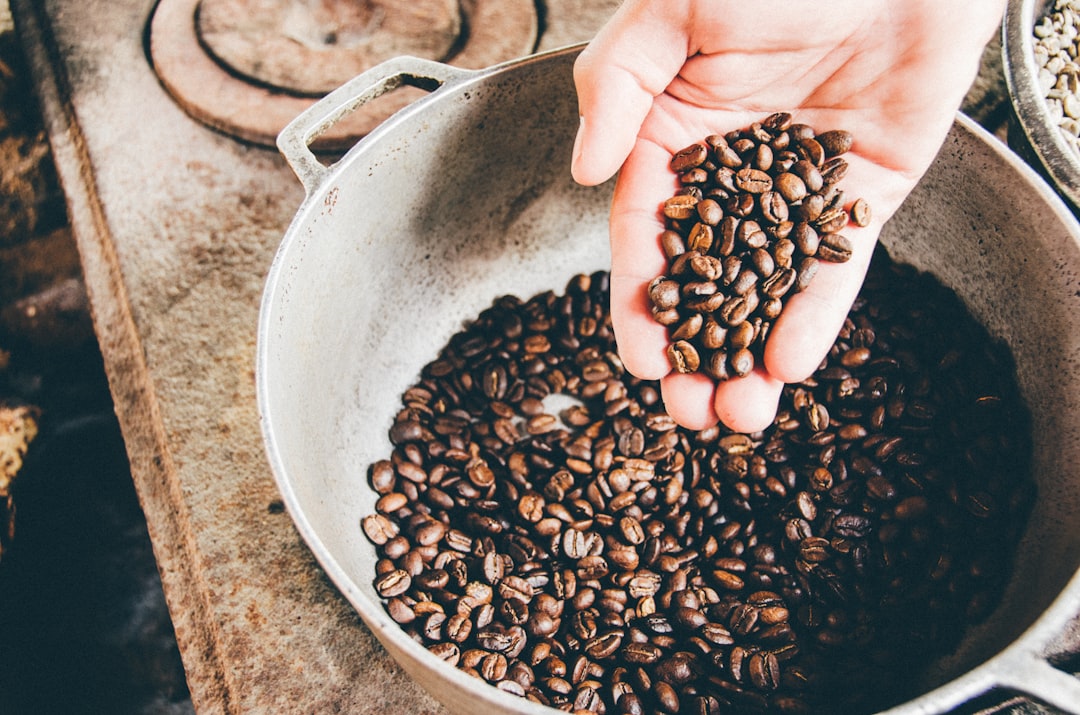
Best Decaf Coffee Beans: Top Picks & Buying Guide
Read More →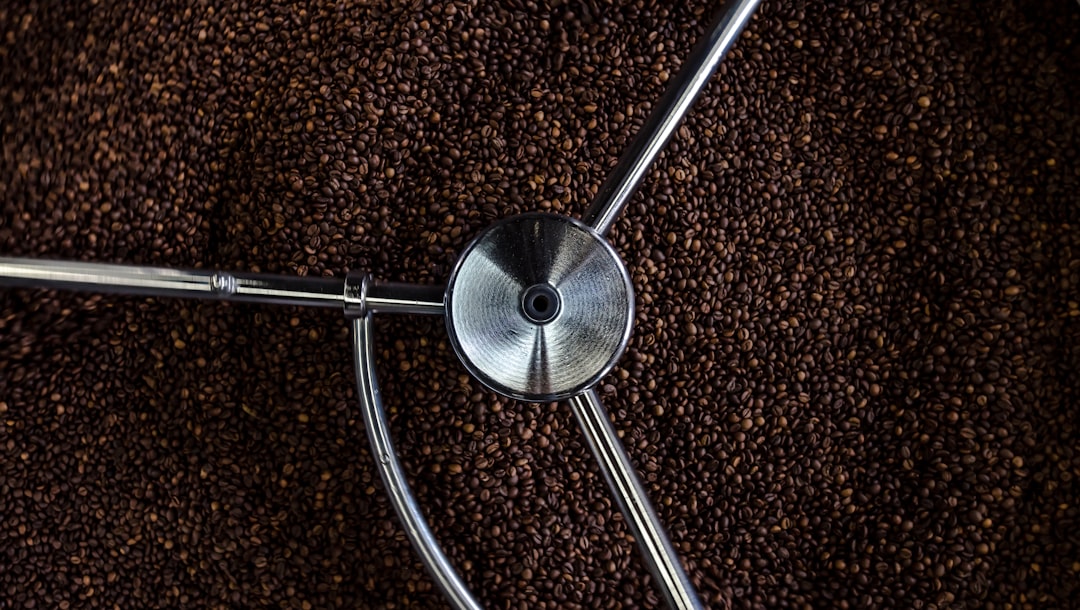
Light Roast vs Dark Roast: Which Coffee Is Best for You?
Read More →